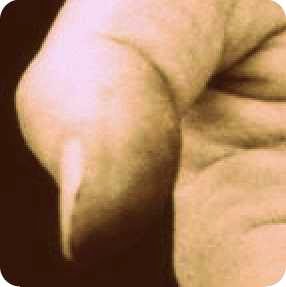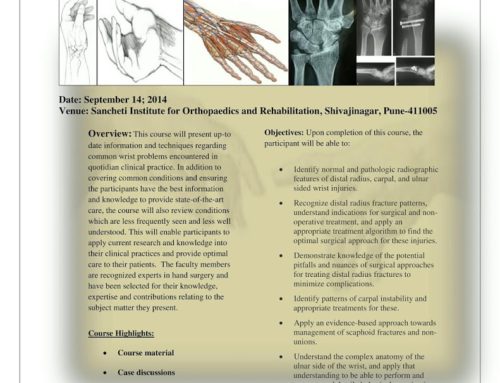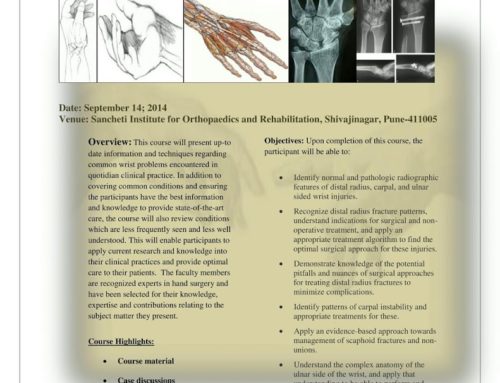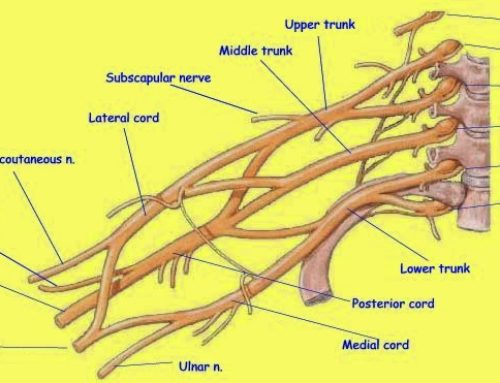We must confess that it is in the human hand that we have the consummation of all perfection as an instrument.—–BELL, 1833
The human hand is a miraculous instrument that serves us extremely well in a multitude of ways. We successfully use our hands to identify objects and to extract a wealth of information about them, such as their surface texture, compliance, weight, shape, size, orientation, and thermal properties. We demonstrate impressive manual dexterity when reaching for, grasping, and subsequently manipulating objects within
arm’s reach. Manual gestures , such as those used in sign language and finger spelling, collectively offer valuable forms of communication to those who are deaf or hearing impaired. In addition, raised tangible graphic displays that are explored by hand provide sensory aids to the blind when planning how to navigate their environment without a sighted companion. Finally, the human hand serves as a formidable creative
tool in a variety of aesthetic milieus that include dance, sculpture, playing music, and drawing. Depictions of the human hand in art date back to the Upper Paleolithic era (circa 22,000–28,000 years ago) and can still be seen today in caves at Gargas and ElCasti llo in the Franco- Cantabrian region (Napier, 1993; Piveteau, 1991). There is even a museum dedicated specifically to the hand (La Musée de la Main), which was established by Claude Verdan, a Swiss hand surgeon, in Lausanne, Switzerland.







